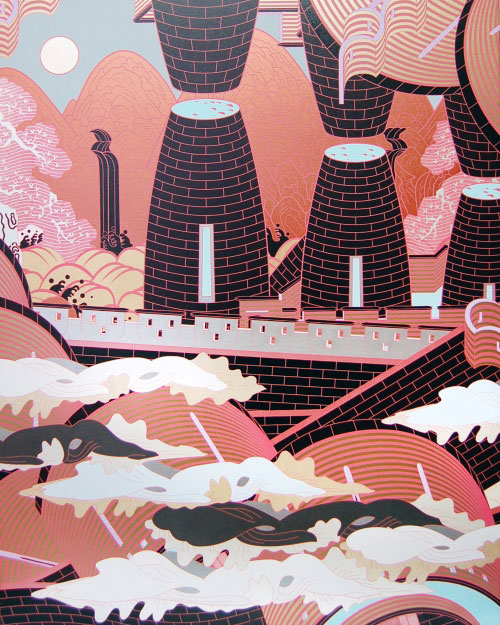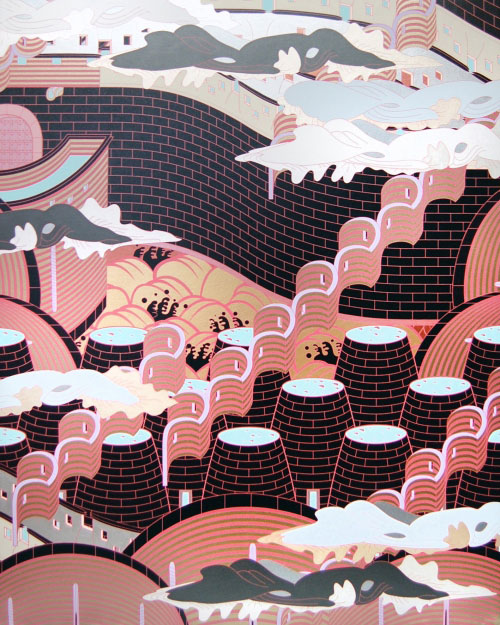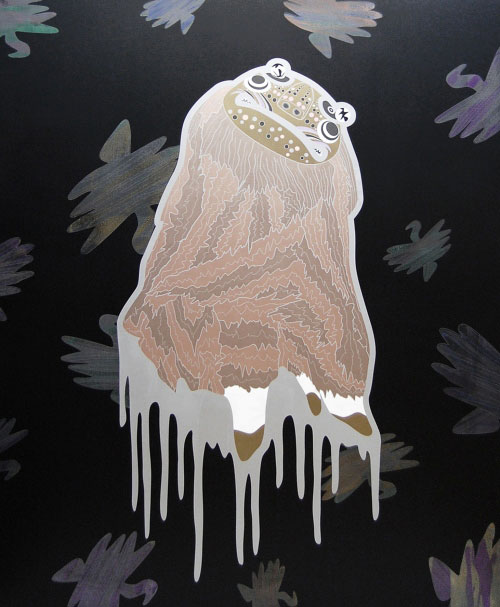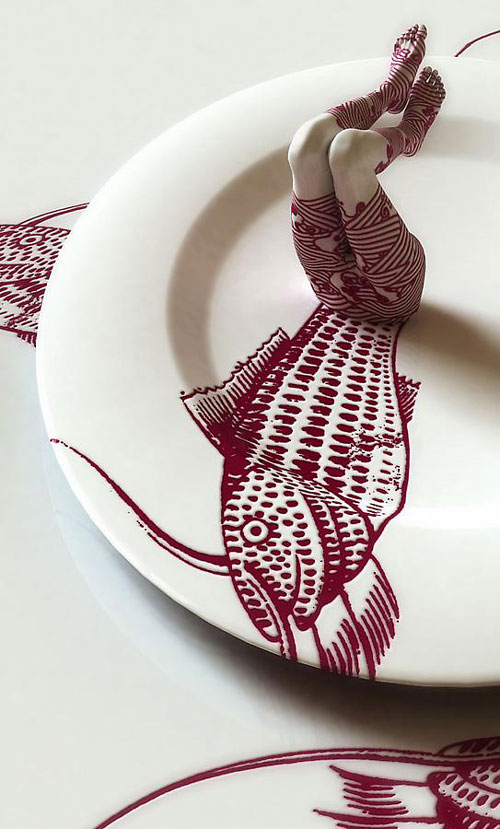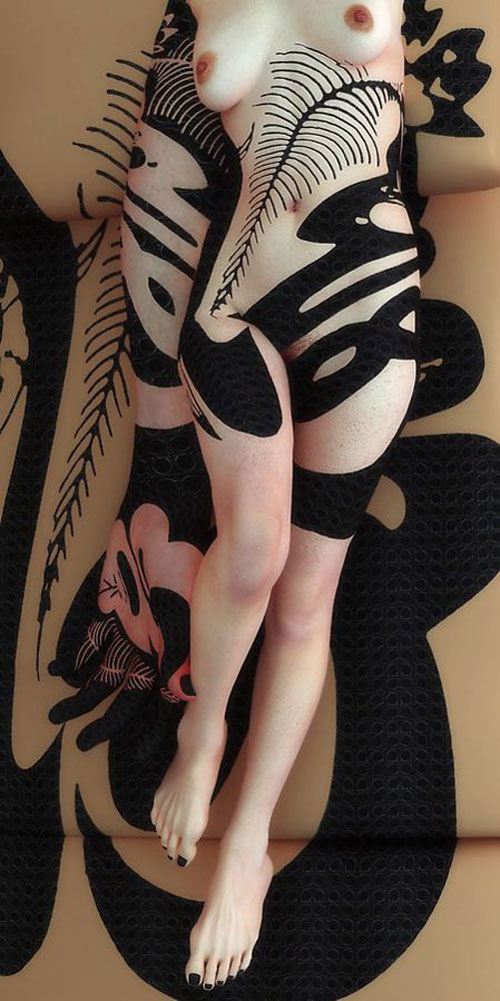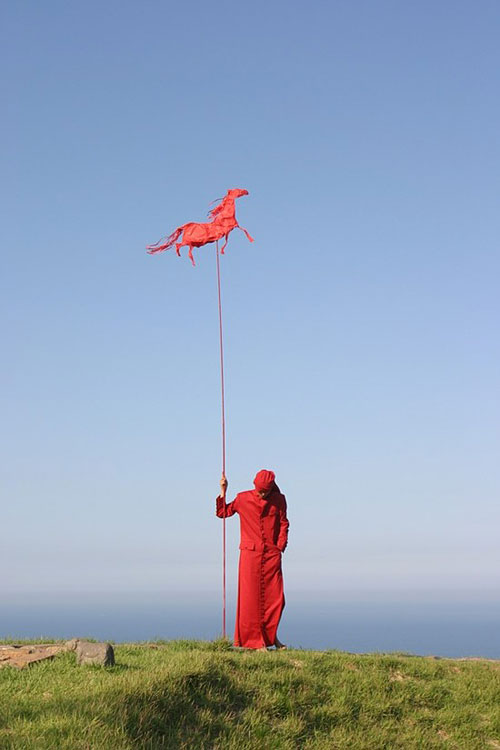
Lives and Works in Seoul Korea
Jaeseon Moon is a performance artist, and the founder anddirector of the performance arts organization SORO.
He majored in Visual Arts, and worked as an actor, a scenographer invarious theatre and dance productions. The credits include the productions bythe Theater ETAT, Theater Company Ggipan, and Korea Performance Art Sprit(KOPAS). He also created solo performance pieces, ‘Adagios’ (1999), 'TheVibration and Unforming Circle'(2000), 'Dust'(2002), 'The Old Vibration'(2005)in which he translated autobiographical and socio-political issues into thecorporeal visual languages. Since he founded SORO Performance Unit in 2004, hehas contributed to raise the profile of Korean performance arts in and out ofthe country by organizing festival PAN ASIA in Seoul.
Moon employs sensory languages in his performances. He has beenexperimenting with various methodologies to bring immanent sensations intopresence. He approaches the inner human through gazing into the physical body.Moon strives to recompose the inner and outer movements of body to create a newdynamics of materiality, visuals, and soundscapes in his performances. His hasbeen influenced by various disciplines such as bioscience, arts therapy,contemporary dance, visual arts, and sound arts and has collaborated withartists and professionals in the practice in creating performances 'LeDeux'(2007) and 'Pacato'(2009).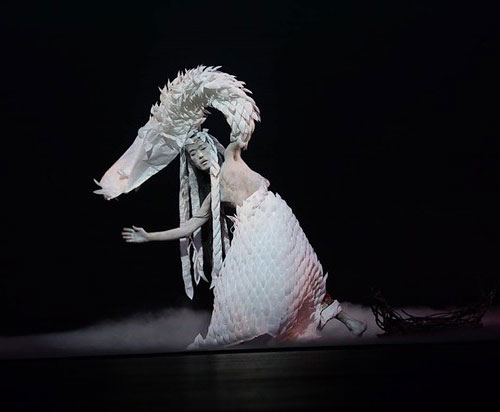
This is a long artistic process that promotes lovefor humanity by visiting the places of sad memorialsof human kind.“The Pacato” expresses sadnessresonatingin history, the weeping of inerasable past. It is asilent prayerfor peace of humankind, and restoration of human will for better future.
At the time of terrorism and the wars in the Middle East and Africa,the performance consoles the souls perished in the past wars to express thehuman wishes for human. There is heartrending DMZ(DemilitarizedZone)set between north and south Koreas after Korean War. Although WorldWar 2 ended long ago, there are still many victims ofthe atomic bomb in Hiroshma, Nagasaki, Krakow and even in Korea,and the world is not exempt from its responsibility.
As a pilgrimage to the places of violence, ‘the Pacato’ was performed and documentedat Taepung Oversation Platform, which issituated near Imjin River flowing across the border of two Koreas. InHiroshima, I recorded my performance at some places of the memory of victims of the atomic bomb, such as Hiroshima Peace Memorialand Genbaku dome. I visited Auschwitz State Museum in Poland, and made a visual documentary of performances about the Wall of Death, and monuments forthe victims.
This performance expresses nomadism that seeks for the continuous vibration from past to present of mankind. Through performance, installation, andsound, theartist attempts to show a process, in which arts pursue active andpositive aspects in thesociety

